
How Pilates Helps You Build a Strong Core - and Why You Should Try It
Are you doing hundreds of crunches a day and not seeing any results? Or doing every variation of a Plank possible, to no avail? We've got the solution to strengthen your core: Pilates! Strengthening your core is vital to long-term spinal health, good posture, and injury prevention.
Why do I need a strong core?
Most importantly, a strong core prevents injuries and improves posture – in fact, most minor back pain can be alleviated through a consistent Pilates practice. It also allows you to do your favorite activities with ease, which leads to a better quality of life.
Ok so, what is a strong core?
In Pilates, we don't often say the word core as much as Powerhouse, Center, or the specific muscles that make up the core. Your core is so much more than your abs – which is why, if you're just focusing on simple crunches and abdominal exercises, you're not reaching optimal strength. Your core includes a large group of muscles that extend well beyond the visible 6-pack, as it includes all the muscles that support your spine and good posture:
- rectus abdominis – the "6 pack" that is most visible
- internal obliques – helps control movement of the diaphragm when breathing and assists external obliques in lateral movement
- external obliques – responsible for lateral side bend
- transversus abdominis – the "corset" muscle – when activated, it pulls a protruding abdomen inward to achieve a neutral, properly aligned spine
- multifidus – tiny, thin muscles that surround the spine
- quadratus lumborum – connects the pelvis to the spine
- erector spinae – a group of muscles that run the length of the spine on either side of the vertebral column
- pelvic floor – works in conjunction with the deep abdominals and diaphragm to control pressure within the abdomen
How do I know if I have a weak or strong core?
Take a Pilates class and see if the exercises are difficult! All joking aside, you probably have a weak core if:
- You experience lower back pain regularly
- Your backside arches outward while your belly protrudes forward
- You have difficulty balancing
- You have poor posture
How long will it take to build a strong core with Pilates?
You'll notice a difference in feeling in your body within a few classes because you will likely feel sore in places brand new to you! This has much to do with the fact that Pilates activates stability muscles that are rarely used. You will also be more cognizant of where your body is in space.
Over time, you'll start to feel that exercises that were initially difficult become easier because you're stronger!
Will the core work I do in Pilates help me lose weight?
Technically, on its own, not really – studies have proven that even after six months, weight mass was not drastically reduced. However, physical appearance was significantly improved, as was body awareness, posture, and lower back pain. It isn't necessarily about how your body looks. Pilates will help you feel stronger in everything you do, whether it's gardening or weightlifting.
Pilates helps build lean muscle, which burns more calories at rest. It also increases stamina by strengthening stabilizer muscles. It even improves performance in other exercises, including weight training and cardiovascular activities. A comprehensive study determined that a Pilates routine improved runners' 5-km performance.
How can a beginner get started with Pilates for strengthening the core?
First, we recommend getting familiar with your muscles – this 3-hour workshop is an excellent breakdown of everything going on in the trunk and core. But we get it, not everyone has three hours to spare — we rarely do! Instead, you can check out this 20-minute video for the basics of core principles — perfect for a Pilates beginner.
Booking a few private sessions with a Pilates teacher near you is a great way to ensure you are on the right page and allows you to bring up issues specific to your body and goals. Be sure to let them know your intent is to develop an at home Pilates practice.
And then, you're ready to move smoothly into a core Pilates routine! Start with these 5 basic exercises, then ease into practicing with online, core-focused videos at least two times per week (preferably three) for optimal results.
Can I still strengthen my core with Pilates if I have back pain or sciatica?
Absolutely!
If you have lower back pain, you'll want to start off slowly, easing into the practice. Try a beginner level Pilates mat class at home, tailored specifically for those suffering from back pain. As you increase core strength, your posture will improve, as will the pain you experience.
If you suffer from sciatica pain, start with Pre-Pilates basics before easing into the beginner level classes. The most important thing to keep in mind when you're practicing with sciatica is to maintain a neutral spine. Many teachers and/or classes will cue you to "tuck the pelvis." If you over-tuck, you could actually be putting more pressure on the sciatic nerve, because "tucking" decreases the amount of space around the nerve. Make note of this, especially if you take classes in a studio – be sure to advise the instructor of your sciatica.
Healthy spine, healthy life!
Pilates is an excellent way to strengthen your entire core, helping you live a long, happy, healthy, and well-aligned life.
Please note: This content is not intended to be a substitute for professional medical advice, diagnosis, or treatment. Always seek the advice of your physician or other qualified health providers with any questions you may have regarding a medical condition.
Comments
No comments yet. Be the first!
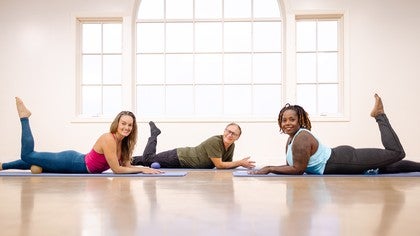


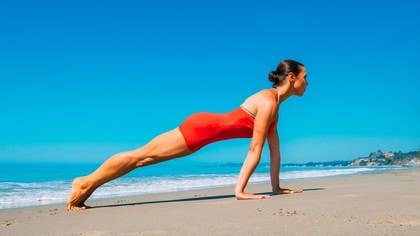

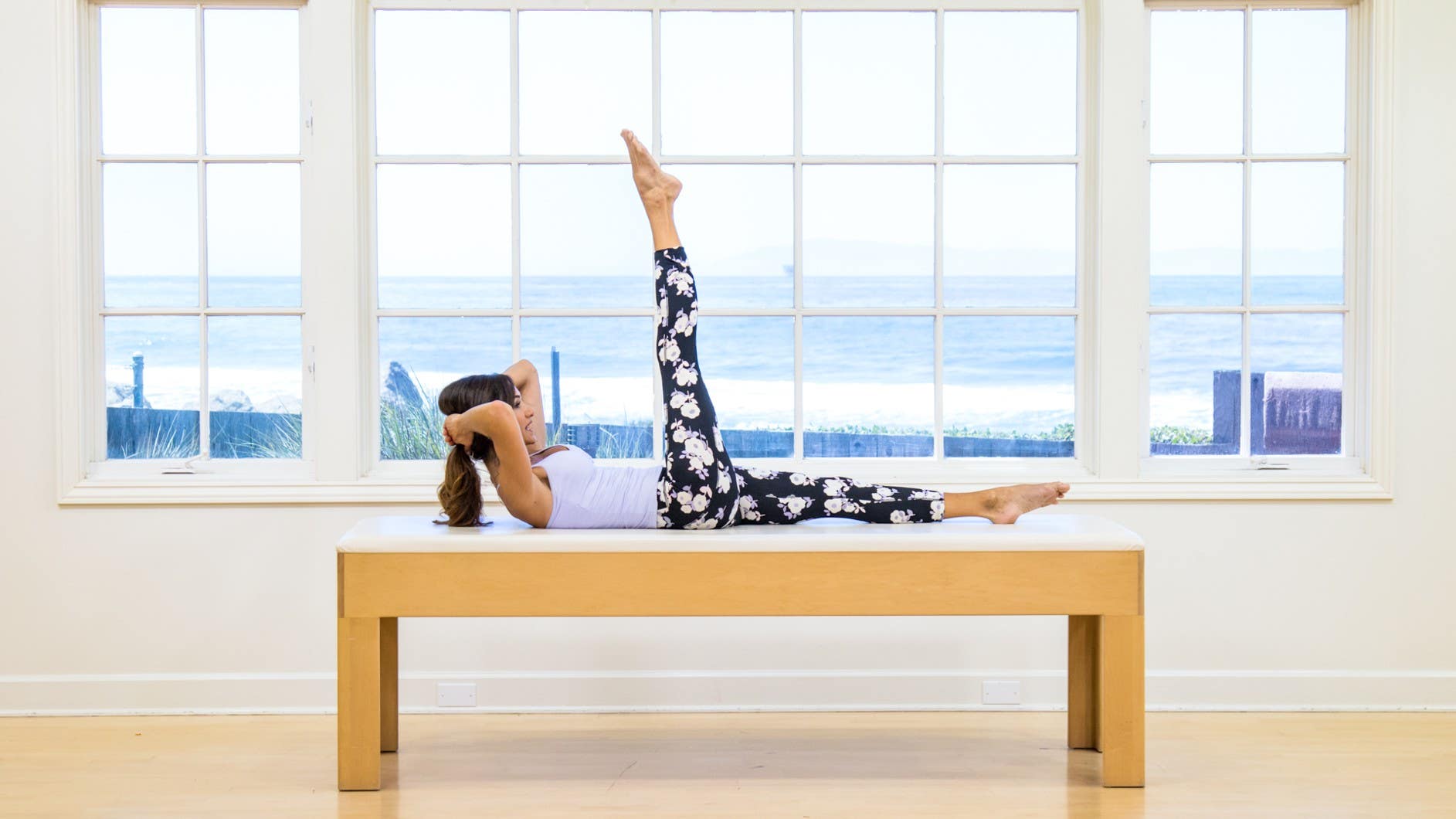
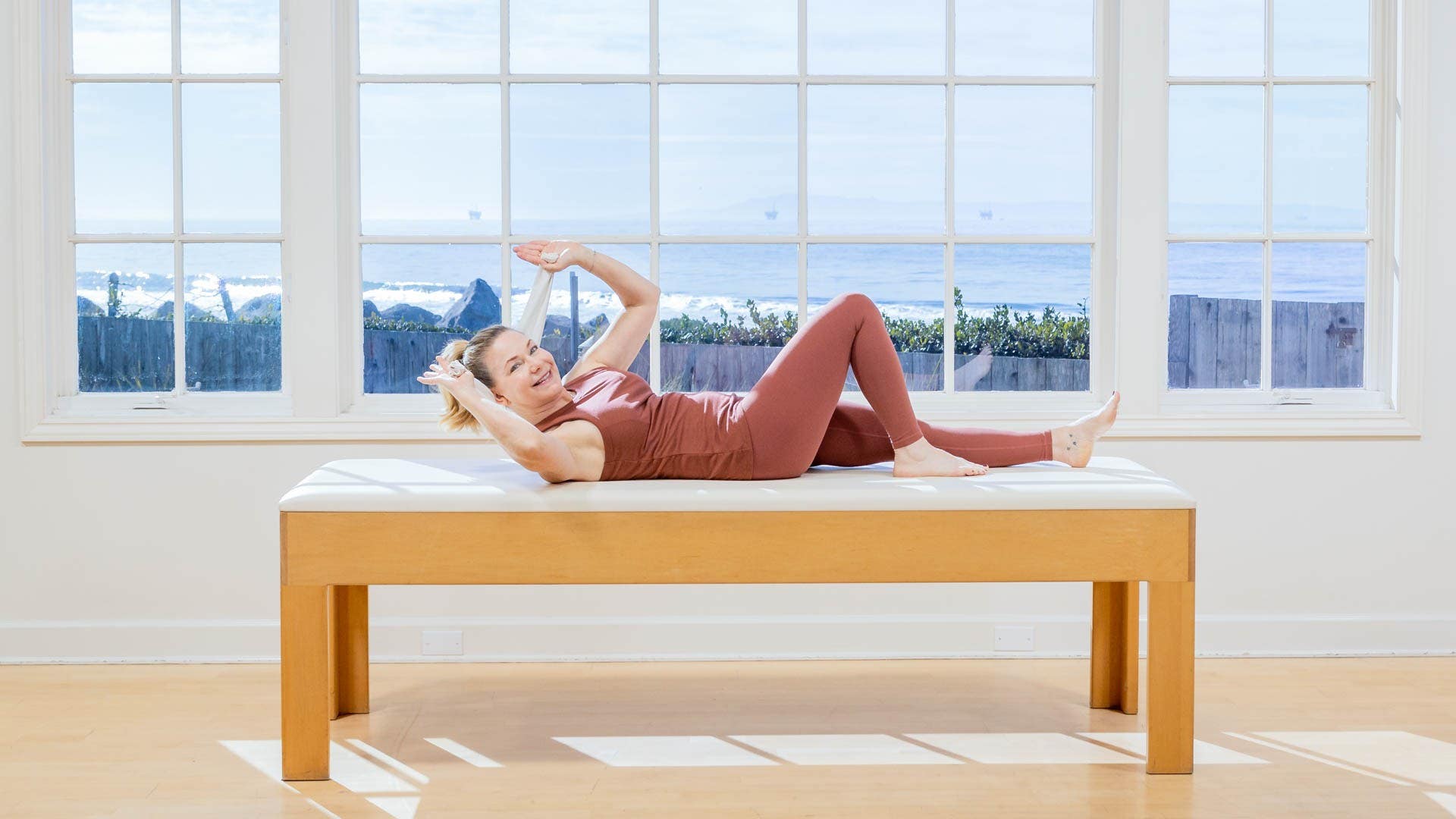
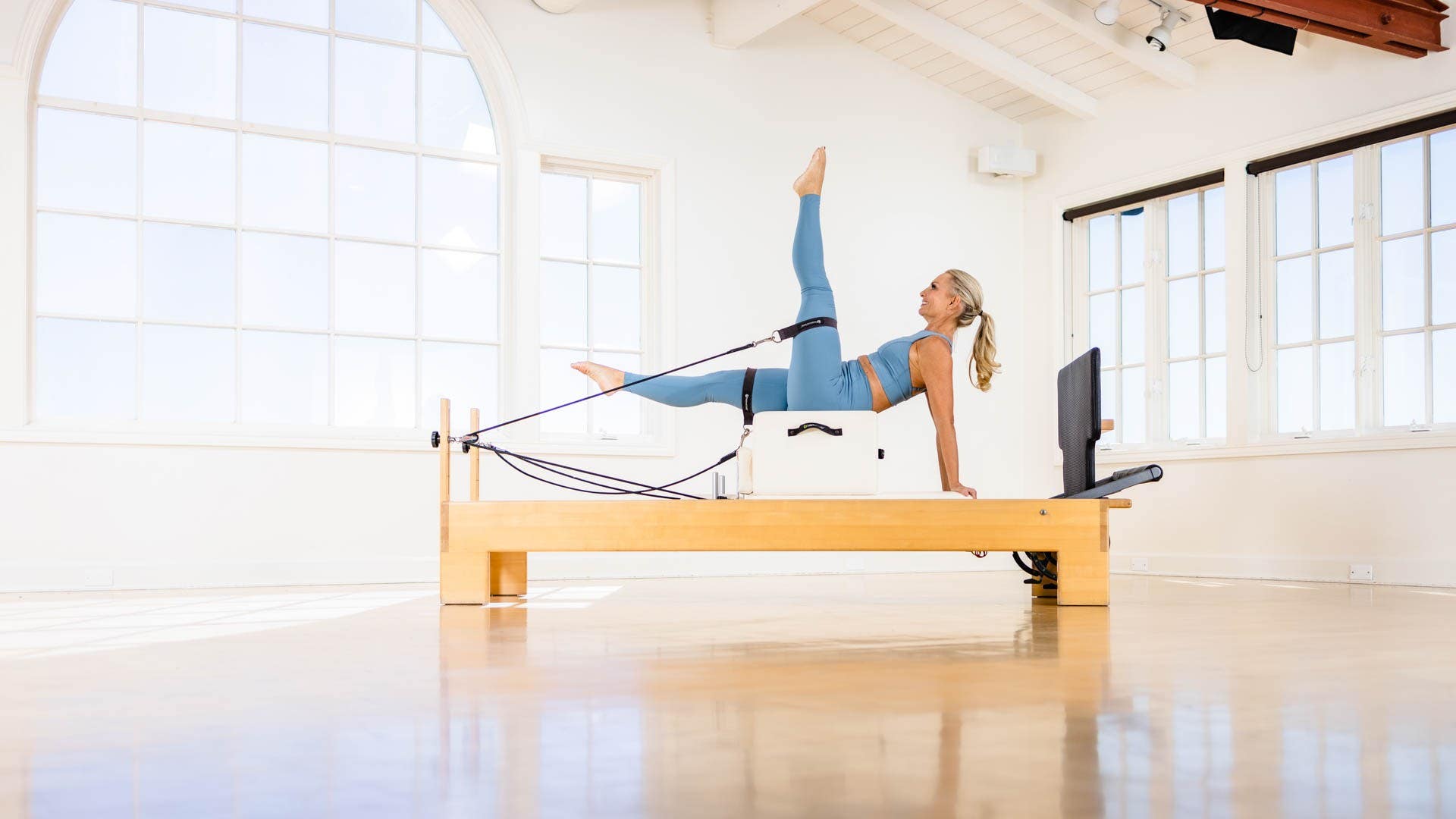
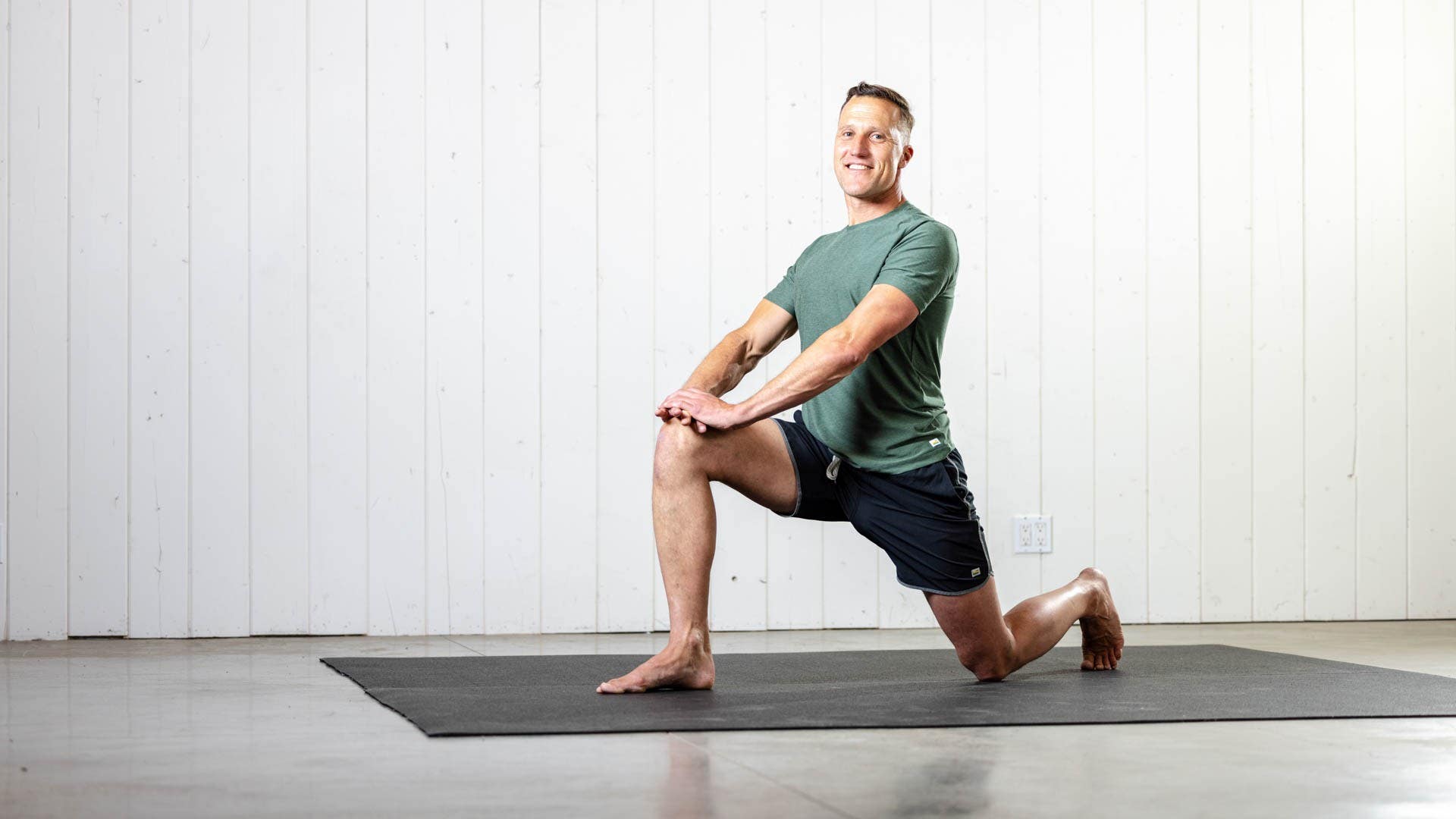




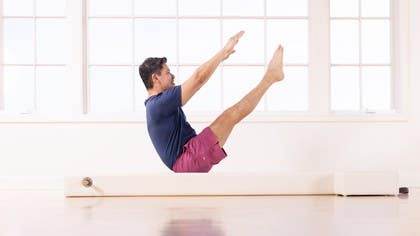






You need to be a subscriber to post a comment.
Please Log In or Create an Account to start your free trial.